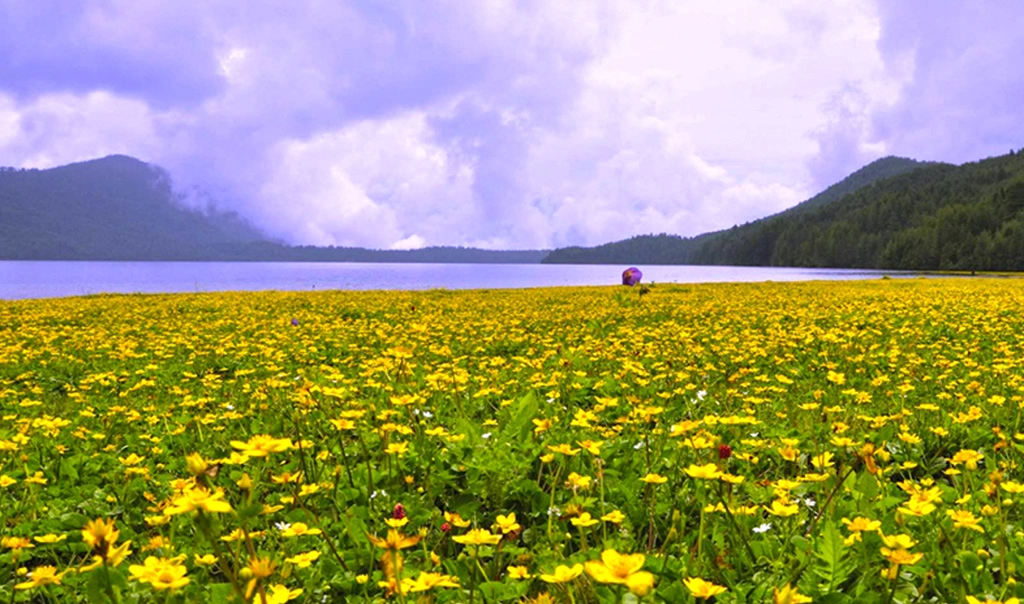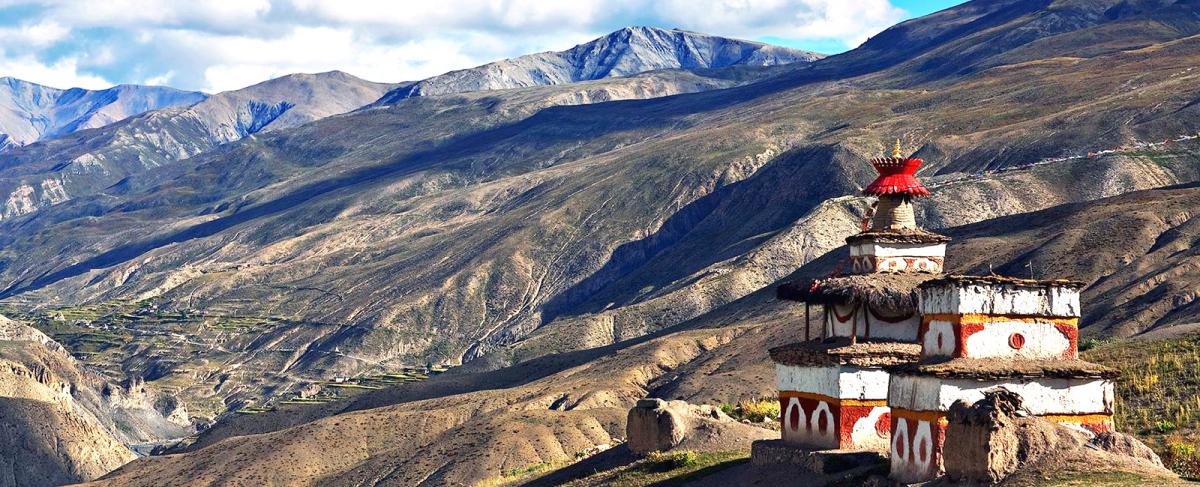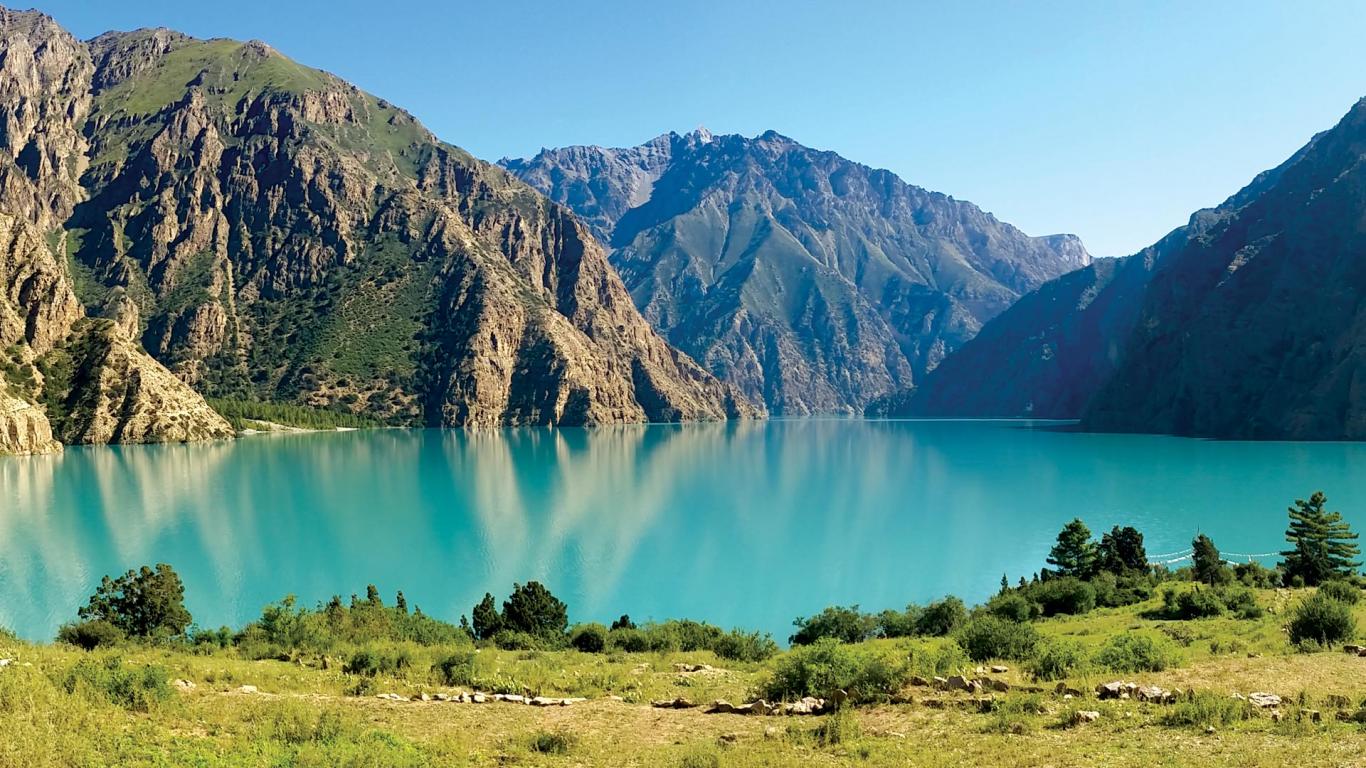Overview
Trekking in the upper Dolpa region gives an exposure to the High and isolated Himalayan valleys, resembling the Tibetan highlands. Dolpa first settled by Rokpa farmers and Drokpa nomads from Tibet in the 10th century. It is one of the highest inhabited places on earth, with scattered fortress-like villages and monasteries nestling among mountains of stark, ascetic beauty. Peter Matthiessen’s “The snow leopard” and David Snell grove’s “Himalayan Pilgrimage” have contributed to the mystique and attraction of Dolpa. Both writers visited the Shey Gompa (11th Century), to the north of the Phoksumdo Lake, in inner Dolpa. Dolpa is Bon-pro country, where people practice a shamanistic religion predating Tibetan Buddhism. This upper Dolpa Region was open to foreigner visitors since 1992 and still requires a special permit.
SHEY PHOKSUNDO NATIONAL PARK
Shey Phoksundo National Park provides a diversity of spectacular landscapes. As it situated in Trans Himalayan region of northwest Nepal, It is the largest National Park covering an area of 3555 sq. Km. Elevations in the Park Range from 2,130m in Ankhe to 6,883m at the summit of Kanjiroba Himal. Much of the park lies north of the Himalayan crest. Phoksundo Lake deepest and second largest lake of Nepal lies in upper regions of Suligad. Near the lake’s outlet is the country’s highest waterfall.
The major rivers in the park are the Khung, Nmajung and Panjang, The Suligad and Jugdual Rivers, which are the major tributaries of the Thuli Bheri River; and the Langu Rilver, which drains the high dolpo plateau to the east and flows westward. Phoksundo Lake is famous for its magnificent turquoise color and the spectacular scenery clearly rank it with the most scenic mountain parks in the world.



